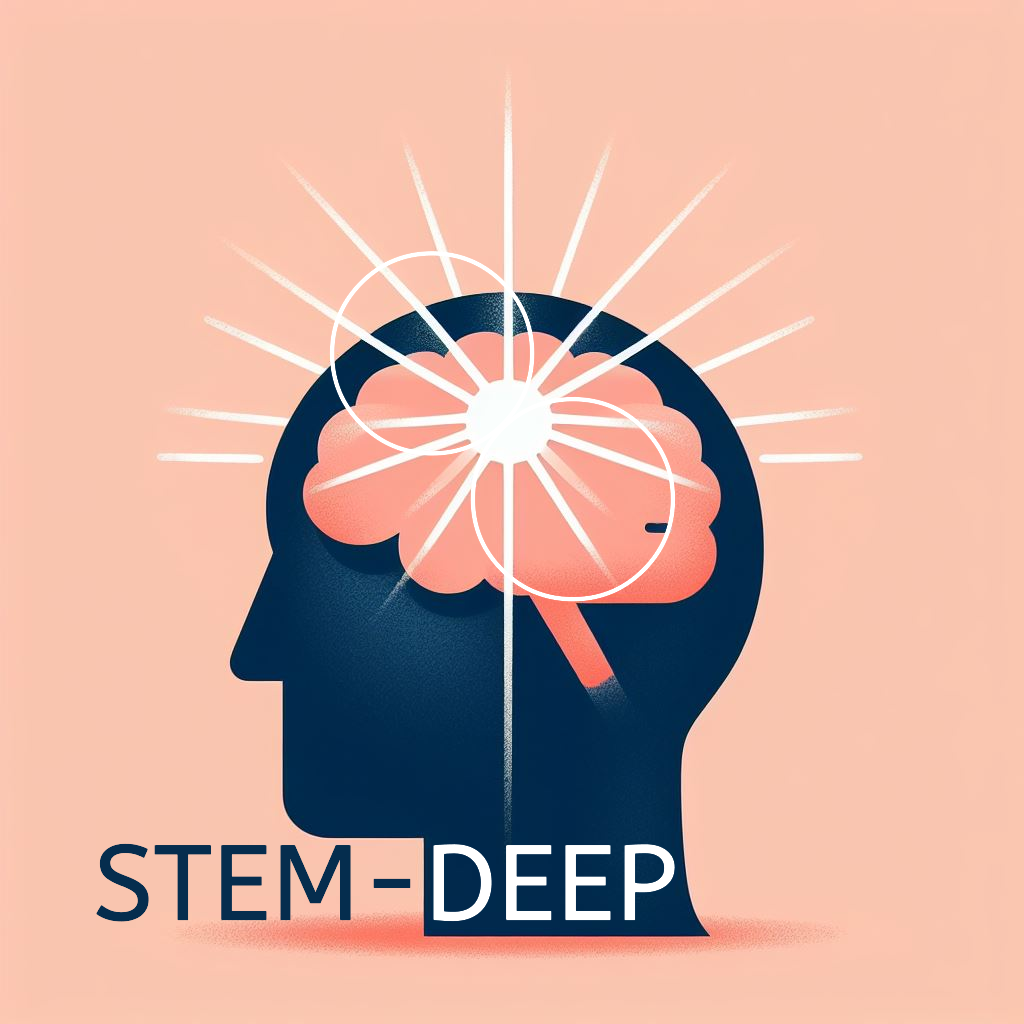Project |
 |
|---|---|
The main aim of this project is to develop an innovative method for the identification of the optimal intensity of the electric current and coil position when using Transcranial Magnetic Stimulation (TMS) to stimulate a given cortical brain region in individual subjects. To this aim, a cutting-edge approach is proposed. We will use personalized data from Magnetic Resonance Imaging (MRI) images and consider the variability of tissue properties (in terms of uncertainty quantification). The forward field problem, i.e., to find the electric field distribution given the geometry, the tissue properties and the coil current, will be very fast solved by applying a Model Order Reduction (MOR) technique; finally we will solve the inverse problem, i.e., to find the coil current and coil position in order to obtain an effective TMS, in an accurate and innovative way thanks to Deep Learning (DL) techniques. Our method will be validated by means of TMS measurements.
Twenty-five healthy subjects will be enrolled: starting from MRI images, a Finite Element Model (FEM) will be implemented. Based on the FEM, a MOR technique coupled with Polynomial Chaos Expansion (PCE) will provide a fast surrogate model that takes into account the variability of electrical conductivities within different brain tissues. We will use this surrogate model to create a database of electric field maps, firstly with regards to the brain region of the hand and subsequently with regards to the leg area. An experimental session of TMS on the 25 subjects will provide the TMS intensity needed for effectively stimulating the hand area; we will address the direct problem modeling these experiments with FEM with the aim of calculating the field distribution in the hand area that is necessary to obtain stimulation.
Then we will deal with the inverse problem of identifying the coil position, given the desired field distribution. To this end, we will train a Variational Autoencoder (VA) generating a FEM-like field distribution, starting from the desired field distribution; subsequently, we will train a Convolutional Neural Network (CNN) for solving the inverse problem of identifying the coil position. Finally, the TMS intensity will be scaled to properly match the field value identified from the field simulation based on the experiments.
The same procedure will be repeated for the leg area, but neither other experiments nor field models will be needed. Finally, a validation session of experiments will be performed to assess our results. To sum up, our method aims at improving the diagnostic and therapeutic potential of TMS technique, with the main goal to avoid too stressful TMS sessions, which could be even useless if a target area is not properly stimulated. Finally, an automated procedure based on personalized FE model would upgrade the state of the art of the electric field computation and the way to solve the identification problem for TMS, based on DL techniques.